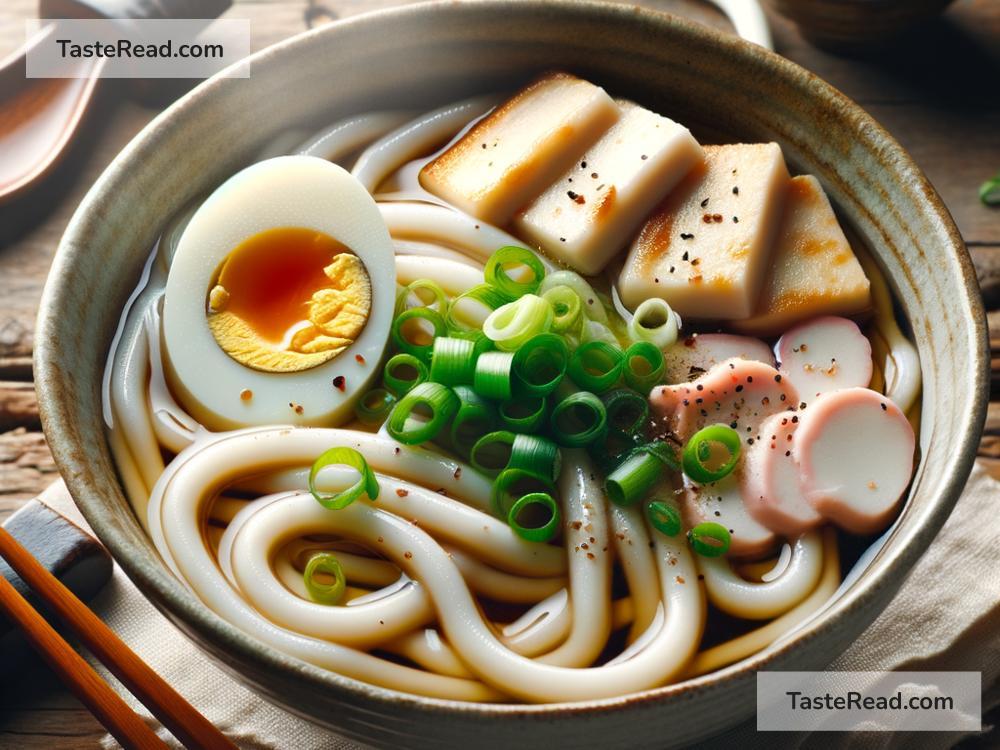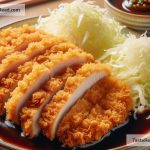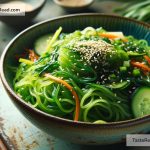Why Japanese Udon Noodles Are More Than Just Soup
In the bustling streets of Japan, amidst the symphony of neon lights and the delightful aroma of street food, lies a culinary experience that goes beyond mere sustenance. Udon noodles, thick and chewy, have carved their niche not only in the hearts of the Japanese people but also among food enthusiasts around the globe. But to think of udon as merely a soup dish is to miss out on the multitude of ways these delightful noodles can be enjoyed. Let’s dive into the world of udon noodles and uncover why they are more than just soup.
The Origins and Evolution of Udon
Udon noodles have a long history in Japan, dating back centuries. They are made from wheat flour, water, and salt, mixed and kneaded into dough, then cut into thick strands. Originally, udon was considered a luxury food, available only to the upper echelons of society. However, over time, it became a staple food item for the masses, celebrated in various festivals and daily cuisine.
Udon in Soup: Just the Tip of the Iceberg
When one thinks of udon, the image that often comes to mind is a steaming bowl of broth with these sumptuous noodles swimming amidst slices of meat, vegetables, and perhaps a tempura shrimp perched on the side. This traditional hot udon soup, known as “Kake Udon,” is indeed a heartwarming and popular way to enjoy udon noodles, especially during the colder months. The simplicity of the clear broth highlights the udon’s texture and subtle flavor.
But limiting udon to just a soup form is like saying a piano can only play one note. Udon’s versatility extends far beyond the bowl, taking center stage in a variety of dishes that showcase its adaptable nature.
Exploring Udon Beyond Soup
1. Stir-Fried Udon (Yaki Udon)
One of the most beloved forms of udon is Yaki Udon, where the noodles are stir-fried with a medley of vegetables, meat or seafood, and a savory sauce. The high heat of the pan brings a slightly crispy exterior to the noodles while maintaining their chewy texture inside, creating a delightful contrast that’s addictive to say the least.
2. Cold Udon Dishes
When summer heat strikes, cold udon dishes become the go-to for a refreshing meal. Chilled udon, served with a dipping sauce (Tsuyu) on the side, becomes an utterly refreshing dish. Ingredients like grated ginger, spring onions, wasabi, and slices of omelet or tempura can be added to enhance the flavor. Each bite of cold udon provides a slippery, sleek texture that’s both satisfying and cooling.
3. Curry Udon
Curry Udon is a heartwarming dish that combines the rich, spiciness of Japanese curry with the slippery smoothness of udon noodles. The thick curry sauce clings to the noodles, ensuring that each slurp is packed with flavor. It’s a fusion dish that highlights how udon can seamlessly blend into various culinary traditions.
4. Creative Fusion Dishes
Chefs around the world have embraced udon, incorporating it into dishes that blend Japanese tradition with global flavors. From Italian-inspired udon carbonara to udon noodle salads with a mix of Eastern and Western ingredients, the possibilities are endless. The adaptability of udon noodles makes them a perfect canvas for culinary creativity.
The Cultural Significance
More than just a food item, udon noodles carry a cultural significance in Japan. They are a symbol of comfort, a dish that brings families together and warms the soul. Whether served in a simple broth at home or enjoyed at a festival with elaborate toppings, udon noodles epitomize the essence of Japanese cuisine – simplicity, elegance, and depth of flavor.
Conclusion
Udon noodles are indeed a world of their own. From the steamy bowls of Kake Udon that comfort the soul, to the myriad of dishes like Yaki Udon and cold udon salads that tantalize the taste buds, these noodles have proven that they are more than just soup. They are a testament to the richness of Japanese cuisine and its ability to evolve while maintaining its roots. So, the next time you think of udon, remember that you’re not just thinking about noodles in broth. You’re considering a versatile culinary treasure that has much more to offer than meets the eye.


